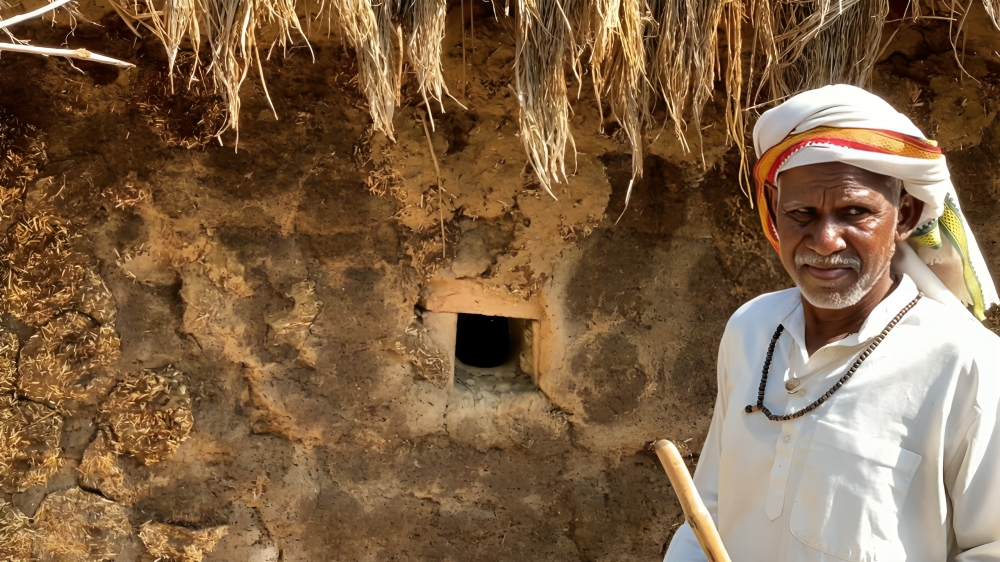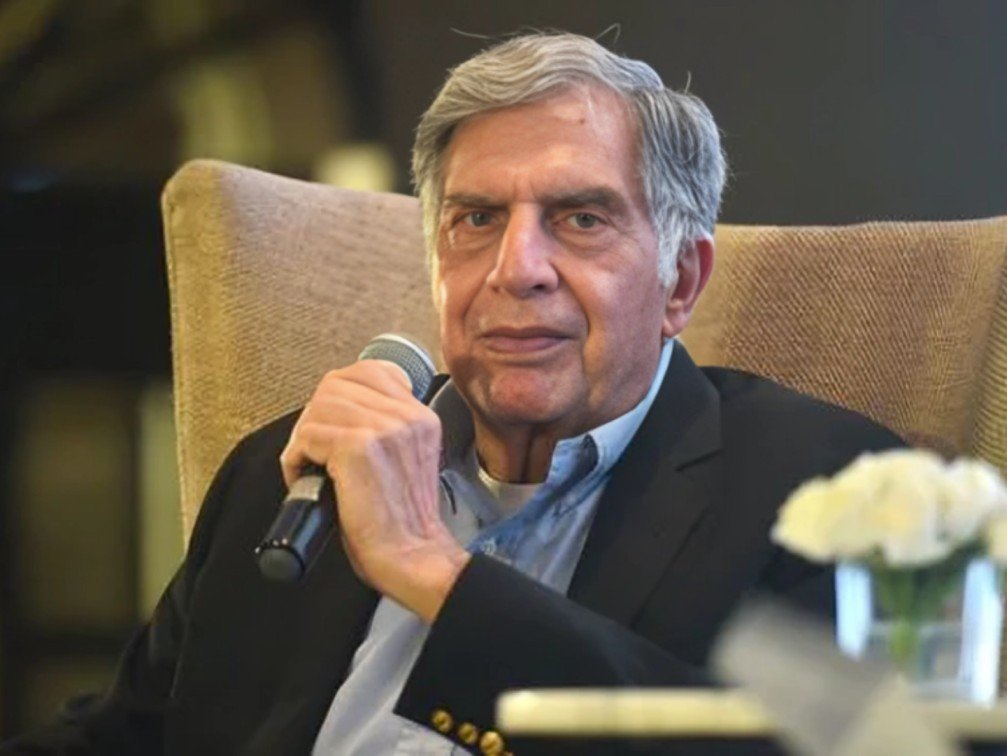Dashrath Manjhi was an Indian laborer from Bihar who single-handedly carved a path through a mountain over 22 years, reducing the travel distance between his isolated village and nearby towns. Motivated by the loss of his wife, who died due to the lack of quick medical access, Manjhi’s determination turned a personal tragedy into a symbol of perseverance and human spirit, forever transforming the lives of his community.

Dashrath Manjhi, also known as The Mountain Man, is a famous historical hero whose self-conviction for a stunning personal misfortune created a legendary story. Manjhi was born in a Musahar community of Bihar that was considered low class and poor. But he had no chance to build his career through money and power, he just worked hard. When his wife died because of a lack of medical facilities, Dashrath decided to open a path right through this mountain which separated the village from many necessary amenities. More than 22 years and with only a hammer and chisel he manually carved through the mountain and effectively cut short the distance to the neighboring town by 40 kilometers. He made such a tremendous impact and adapted the lifestyle of his subjects for the better while also getting a grant national emblem of human power and tenacity. This is the true story of a man, Dashrath Manjhi, who fought against heavy odds to change the course all his life for the better.
Early Life
Dashrath Manjhi was born in 1929 in the Musahar family, Gehlaur a small village in the Gaya district of Bihar, India. The Musahar is one of the most backward among the Dalit communities in terms of caste hierarchy in India. The people of Dashrath’s community were poor and unemployed, so he was raised in a family where even to get a piece of bread one had to work, which he did since childhood as a laborer in fields and quarries. In a later stage of his life, this was to determine his character, a tenacity no other individual of his age and background could rival.
A Personal Tragedy That Sparked a Monumental Task
Well, in the 1950s, Dashrath got married to Falguni Devi. It was challenging to live in Gehlaur as it was quite remote; another town with hospitals and stores was located several miles away; hence the Gehlaur residents were forced to traverse the Gehlaur hills. Falguni Devi took ill one day and what was worse, she was struck dangerously ill. Onrush her to the nearest hospital Dashrath attempted but the journey round the hills was long and she died. That misery, due to lack of access to the medical facilities led to her death touches the heart of Dashrath but wakes him from the sad demise and to fight for the health rights still.
This incredibly painful, and truly galvanizing tragedy, was the moment that changed his life. Manjhi decided to build a new road going through the 300-foot tall mountain which was in between his village and the services it needed. His mission was simple but enormous: to make sure that other families would not lose their loved ones the same as before because of lack of consortium.
The Herculean Task
In 1960, to embark on this futile unenviable challenge of carving through the mountain with the help of a hammer, chisel, and crowbar, was Dashrath Manjhi. This lonely work motivated by his sorrow and a feeling of obligation to his village lasted for as long as 22 years. In the beginning, they teased him saying: “This man is crazy to build a bridge with crude instruments!” They did not attempt to support him, and the physical work did not faze him either. He was very committed to everything at times being on his own, towards asserting the energy to overcome the mountain.
Manjhi toiled endlessly for more than two decades. Most of the time he labored with his hands to make some cash to feed on, the rest of the time he served his own purpose he set for himself. Little by little, day by day, he turned into a colossal hill. Despite the extremely unfavorable conditions and compensation, the constant hard work of Manjhi brought the desired results.
A Path of Transformation
At last, after two decades and two months, eight and a half months to be precise, Dashrath Manjhi has been constructing a road from the mountain at a width of 110 meters 360 feet at the longest, 9.1 meters 30 feet at the widest and 7.6 meters 25 feet at the deepest. This road reduced the traveling distance from Gehlaur to the nearest town from 55 km to only 15 km. The new road has brought life to the Gehlaur and other nearby villages where people were struggling to access nearby hospitals, schools, or markets.
The road that was built, by Dashrath was also given a symbolic meaning of emancipation, of the suppressed sections of the society. His effort not only linked fragmented villages but also opened new possibilities in terms of social justice demonstrating how will power and individual endeavour could help people overcome the lack of government concern.
Challenges and Struggles
Dashrath himself underwent numerous complications: from the weather that punished him and the minimum respect of society. Officials of the government and local authorities remained unconcerned about his work. The government gave him no financial aid or assistance when he was carving the road, yet it would bring big gains to the community. He remained poor and poor yet he continued working. Although he never received recognition in the early years of the work, he never let go of hope or effort to finish the task.
Late Recognition and Impact
Dashrath Manjhi developed a passion for creating the mountain; only when he was done did people begin to recognize him. Seeing his efforts Bihar government woke up one day and decided to honor him, and from that day on he came to be known as the Mountain Man. Reporting on his life grew into the tale of a man who represents strength and devotion, that everybody knows. In 2006, a few months before his death, Manjhi met Nitish Kumar the then Chief Minister of Bihar and he paid homage to Manjhi’s work and assured a hospital construction in his village which was one among the agenda of the work done by him.
Death and Legacy
Dashrath Manjhi died on August 17, 2007, following gallbladder cancer, at the hospital where he was admitted at the age of 78. He died a great having worked hard to help people throughout his tenure life, though his life is gone. They honored him after he died for his special effort towards the improvement of society. A year later in 2016, to support this fact, the Indian government launched a postal stamp in his honor because of this achievement.
Now people know Dashrath Manjhi as the hero of strength and determination.. His story has been immortalized in popular culture, with books, documentaries, and the 2015 Bollywood film Manjhi: Real Representation being Biopic of Nawazuddin Siddiqui’s life, Mountain Man. That’s why his path is also studied at school, and his story is told to show that it is possible to overcome the most difficult ordeals.
Posthumous Influence
The life and contributions of Manjhi have been behind such development projects in Bihar and even today the road that was built by him assists the people of his region. More than that it is a story of triumph over adversity, something that any one person is capable of even against insurmountable odds. Through his passion, many millions of people have the hope that certainly if only people have the strength of will and perseverance to overpower them, no barriers are insurmountable.
Stay tuned to inspire4ward for more updates.



